Landscape Lighting Design Tips
A Brilliant Impression Begins Outside
That house. You’ve driven by it. You’ve walked past it. It’s warm and welcoming, safe and secure. At twilight it starts twinkling. And after dark, it’s the house that casts that beautifully warm year-round glow. Kind of like a neighborhood night light on par with the moon. With the right landscape lighting most any house can be that house. Whether you hire a landscape lighting pro or you do it yourself, well-designed landscape lighting is well worth the investment – both in the traffic-stopping curb appeal of your home and in the value of every moment you spend enjoying it.
The Color of Your Light Sets the Tone
Did you know that not all white light is created equal? Many of our integrated LED fixtures and LED drop-in lamps come in a variety of color temperatures – from warm white to pure white to cool white – that can enhance the colors in your home’s exterior and landscape. Known as Kelvin (K) temperature, consider these suggestions for placement:
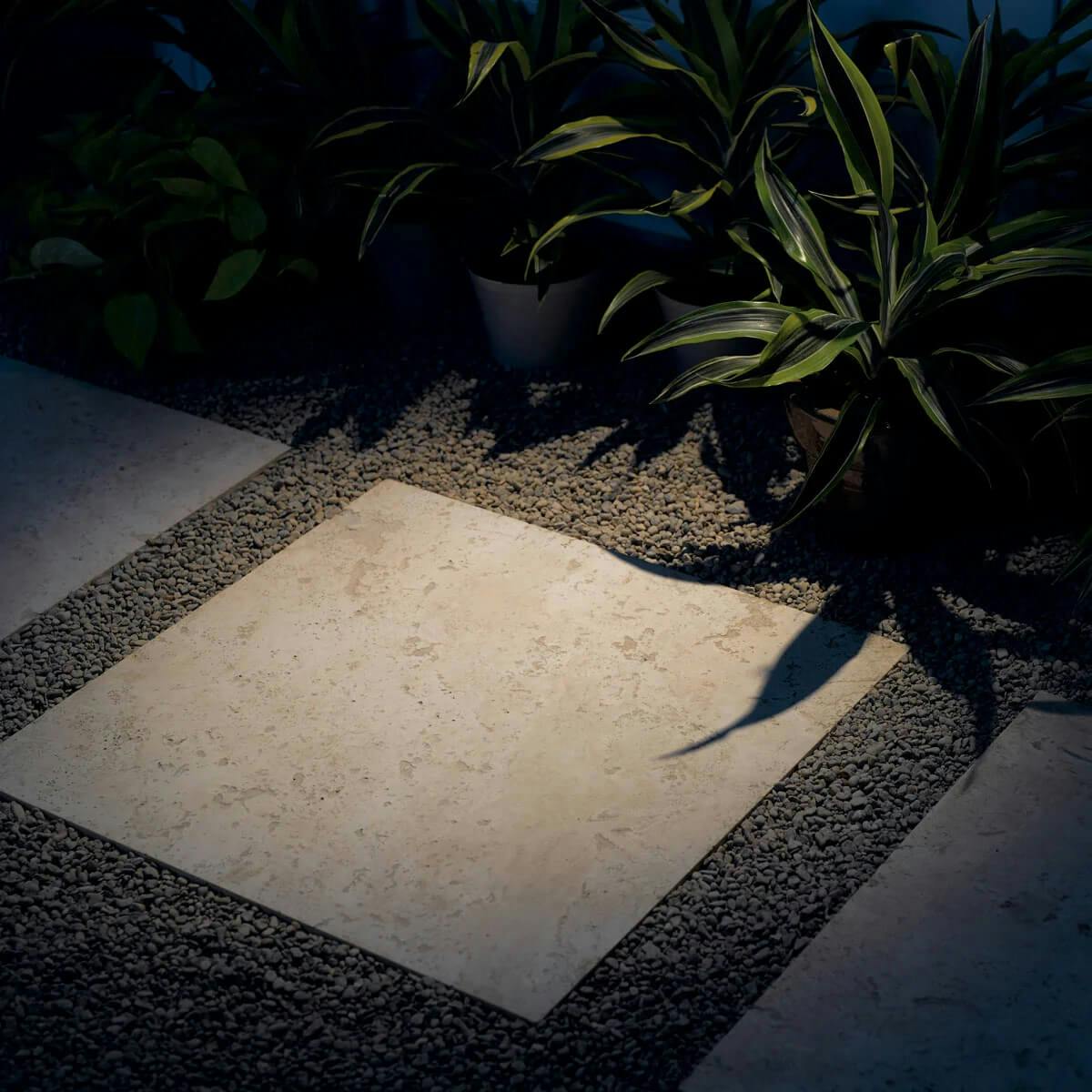
Warm/Soft White
2700K
Choose warm white for:
-Surroundings with warmer colors, like brown or cedar
-Natural-colored walls or stonework
-Foliage with red, orange or yellow tones (ex: highlighting oak trees)
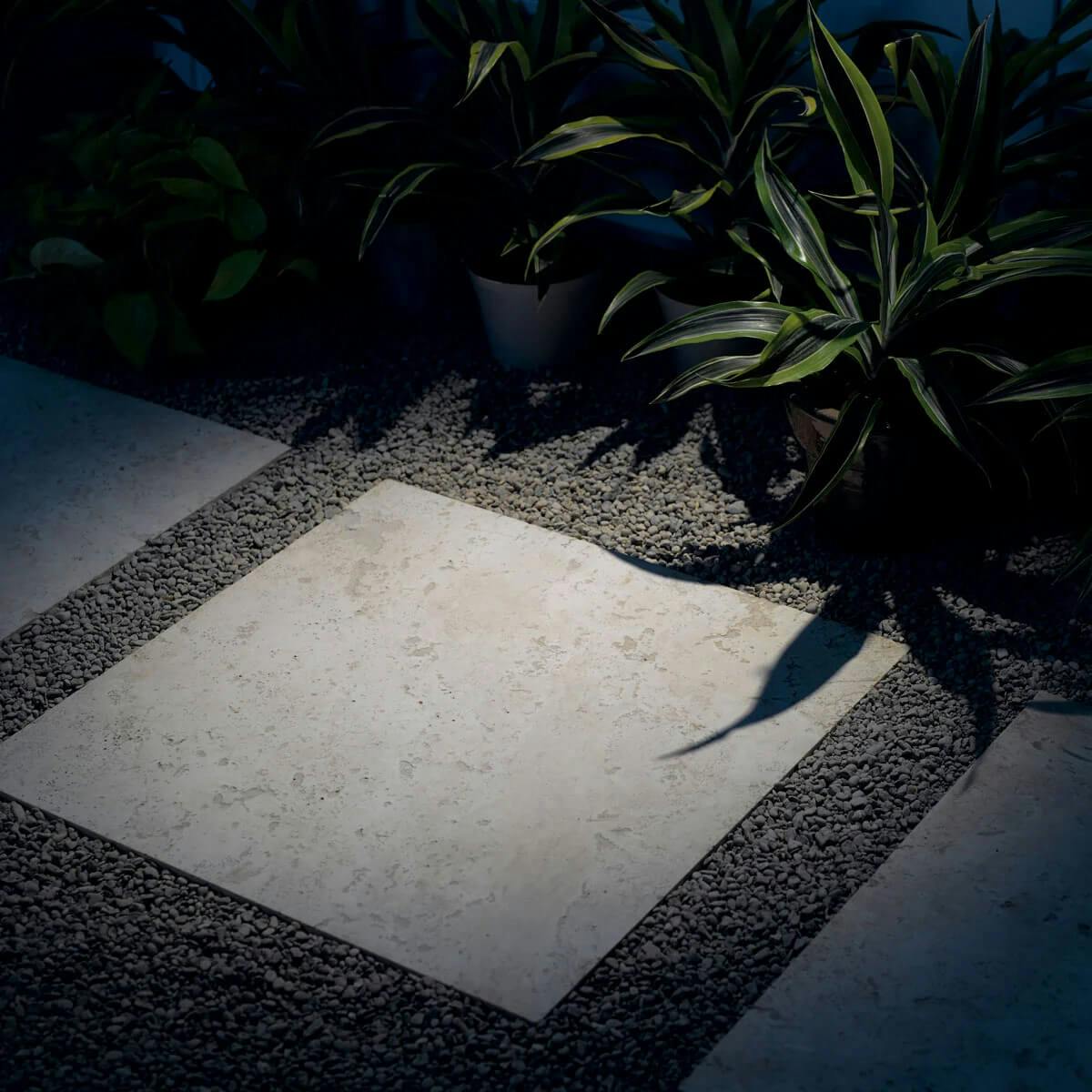
Pure White
3000K
Choose pure white for:
-Surroundings with dark materials, like deep slate, black or gray
-Foliage with blue or purple tones (ex: highlighting blue spruce trees)
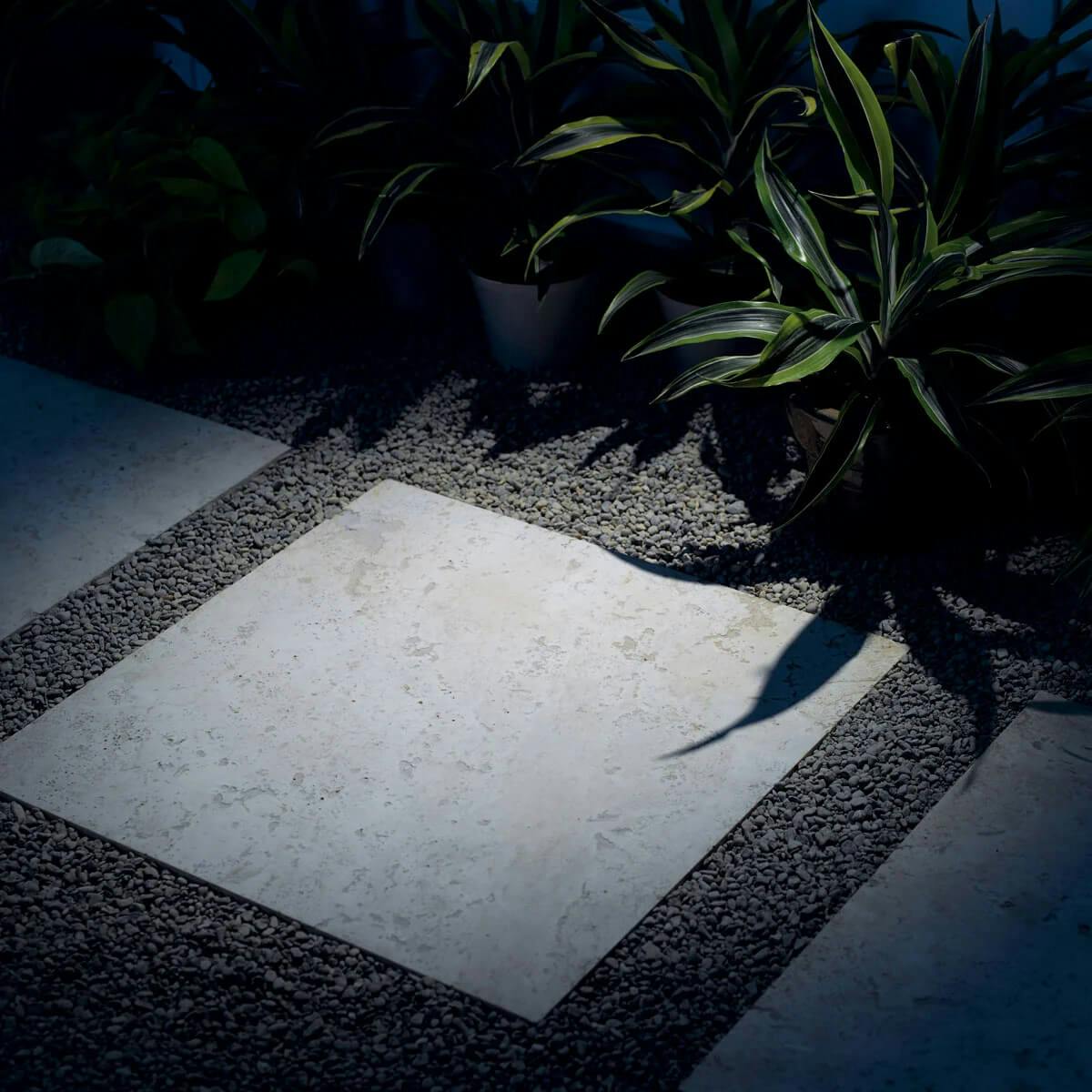
Cool White
4000K
Choose cool white for:
-Contemporary homes and structures
-Commercial applications
-For a 120V – 277V system, you’ll need a licensed installer
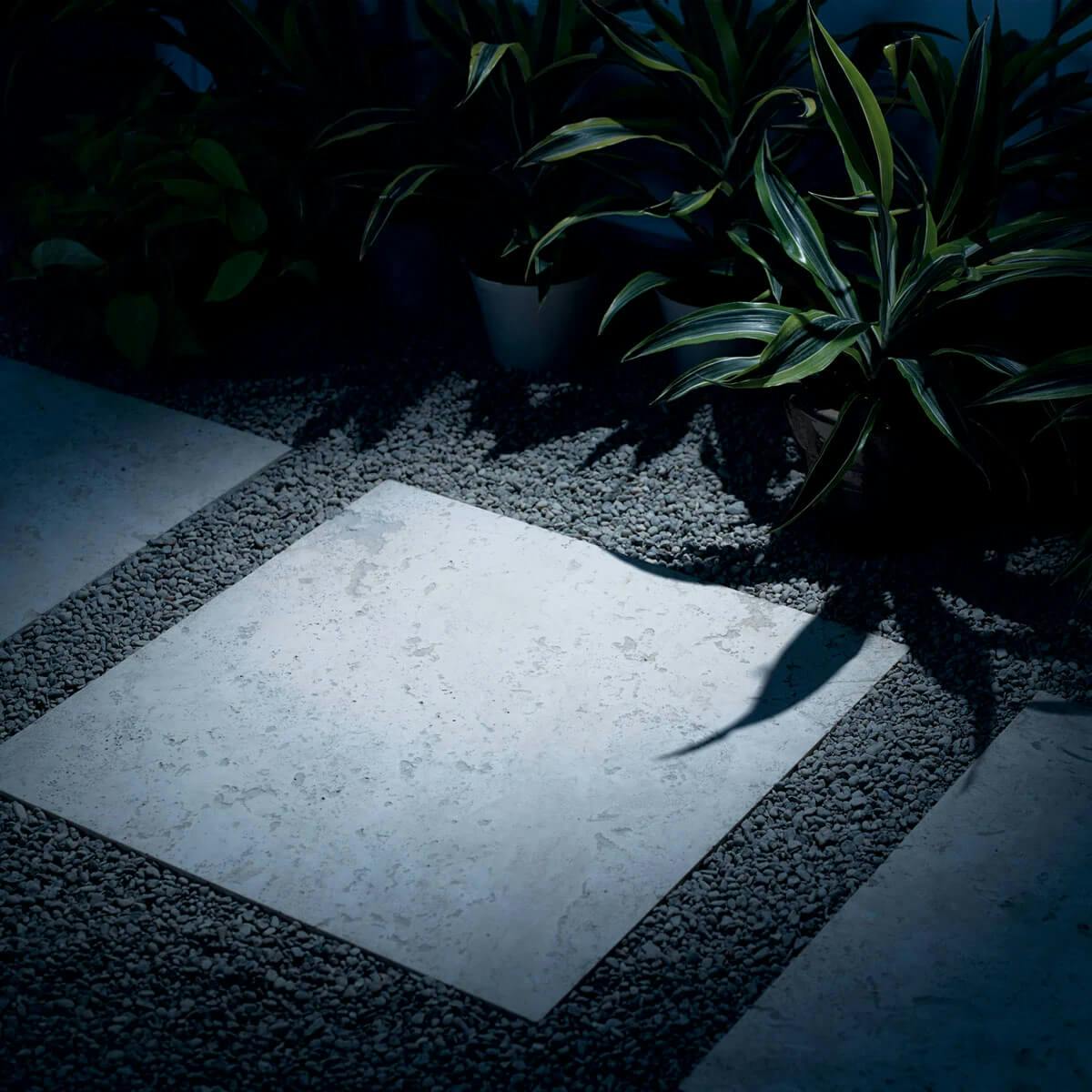
Daylight
5000K
Choose bright white for:
-Illuminating evergreen trees and shrubs
-Commercial applications
-For a 120V – 277V system, you’ll need a licensed installer
Beam Spread: the Thin and Thick of it
Beam spread is all about width. How wide are the trees, plants or other focal points you’d like to illuminate? A tall, thin tree requires a narrower beam spread. Don’t think about beam spread without considering LED lighting. It offers a sharper, more precise beam edge and keeps the light focused where you want it.
How to Calculate Beam Spread
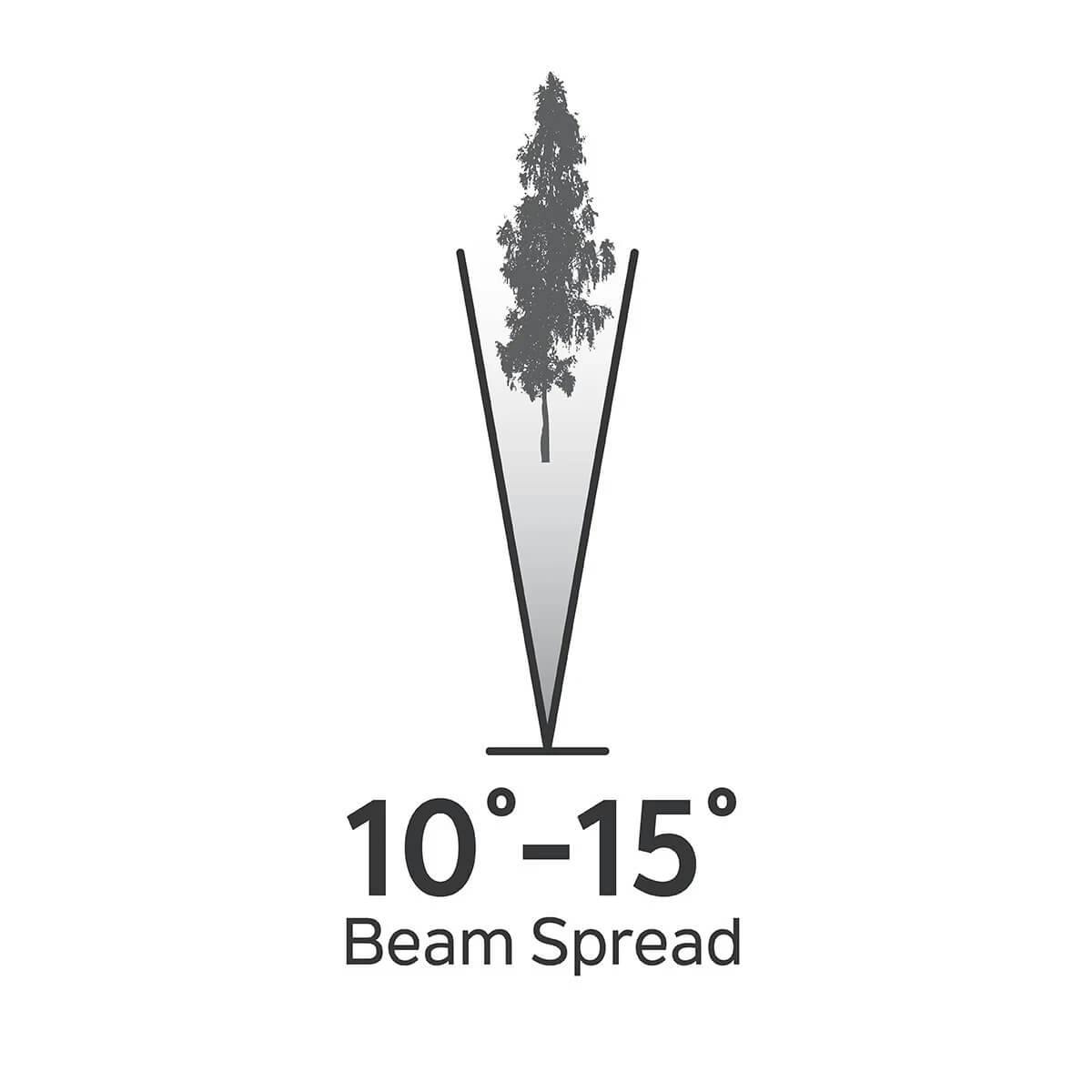
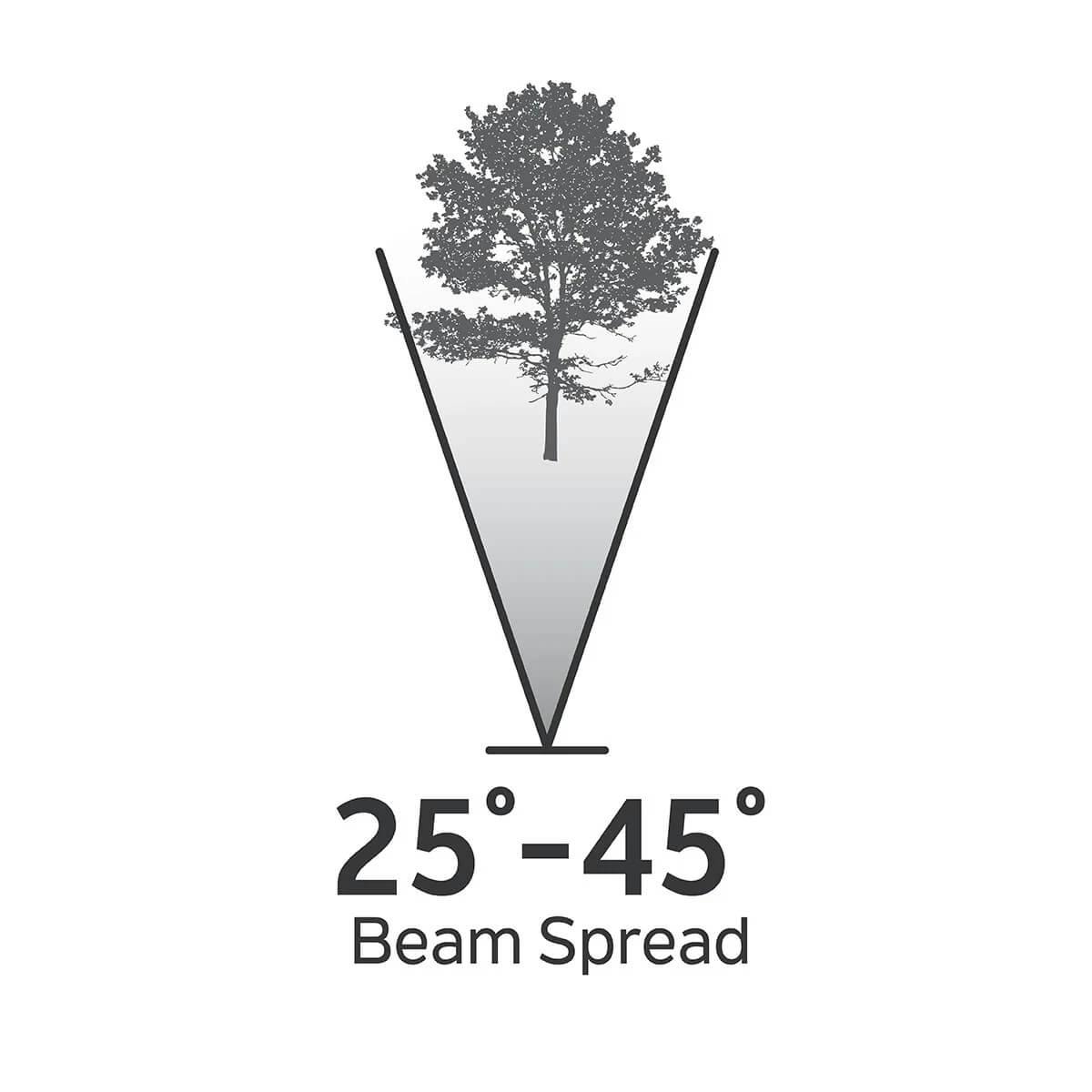
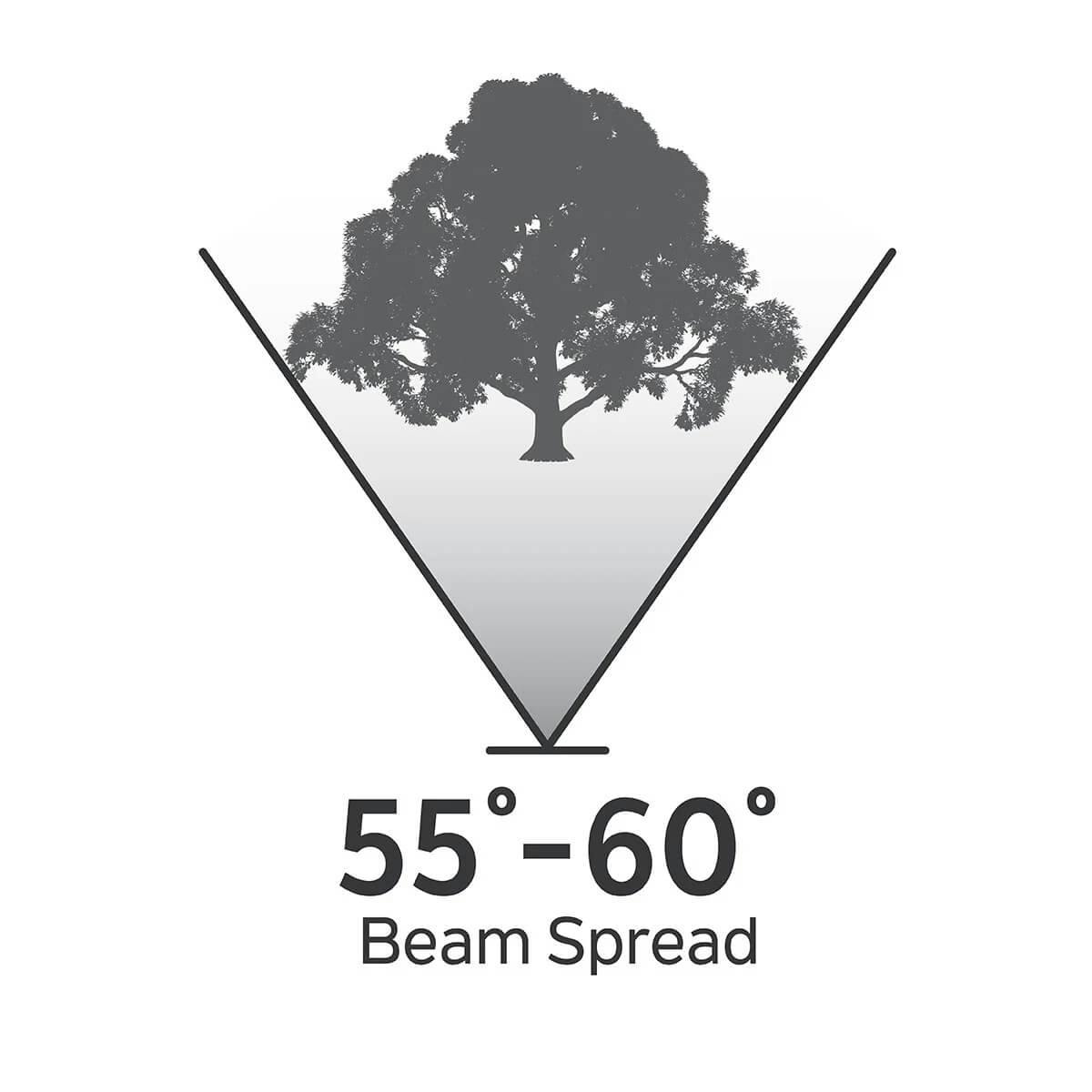
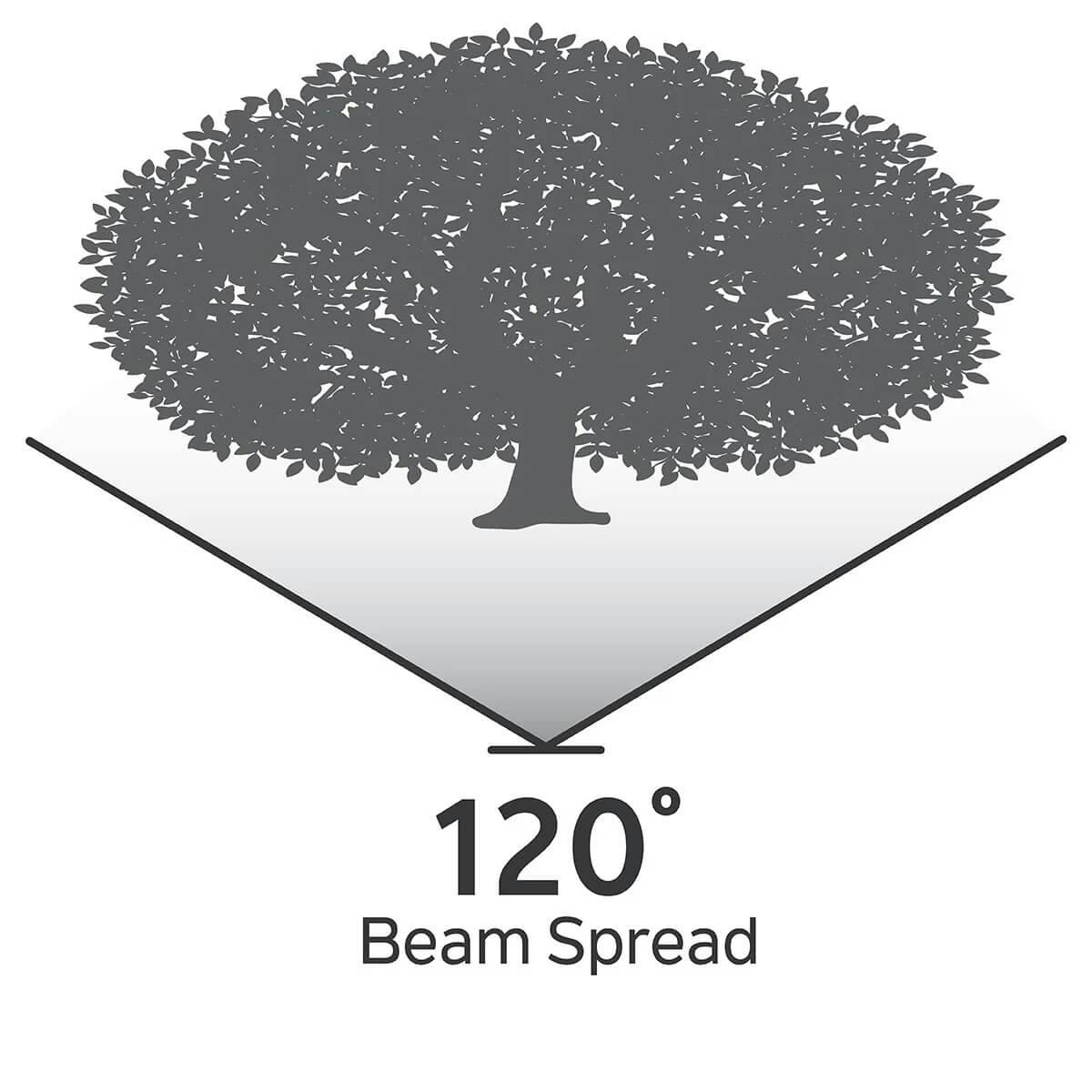
Based on the width and height of what you’re lighting, do this:
Use a 10 or 15 degree beam for tall, thin structures or foliage like grazing trees or porch columns
25 - 45 degrees for medium height and width, such as a prized tree. This beam spread is also ideal for general accent lighting.
55 - 60 degrees for short, wide items like broad trees or shorter, wider structures
120 degrees is ideal for wall washing and grazing wide objects
Last But Not Least: Lumens
Formerly referred to as wattage. Lumens is the new way lighting is expressed. It’s the amount of light and the way it’s measured – it’s the unit of measurement for the brightness of light. It’s important to know that LED bulbs and fixtures provide the greatest light output for the least amount of electricity. If you do choose LED, make sure the lumen output complements the object you’re lighting. Tip: Kichler’s LED lighting with Variable Lumen Output has fast become the new standard in landscape accent lights. With three easy-to-use adjustable lumen outputs and a crisp beam spread, these fixtures offer amazing versatility and personalization.